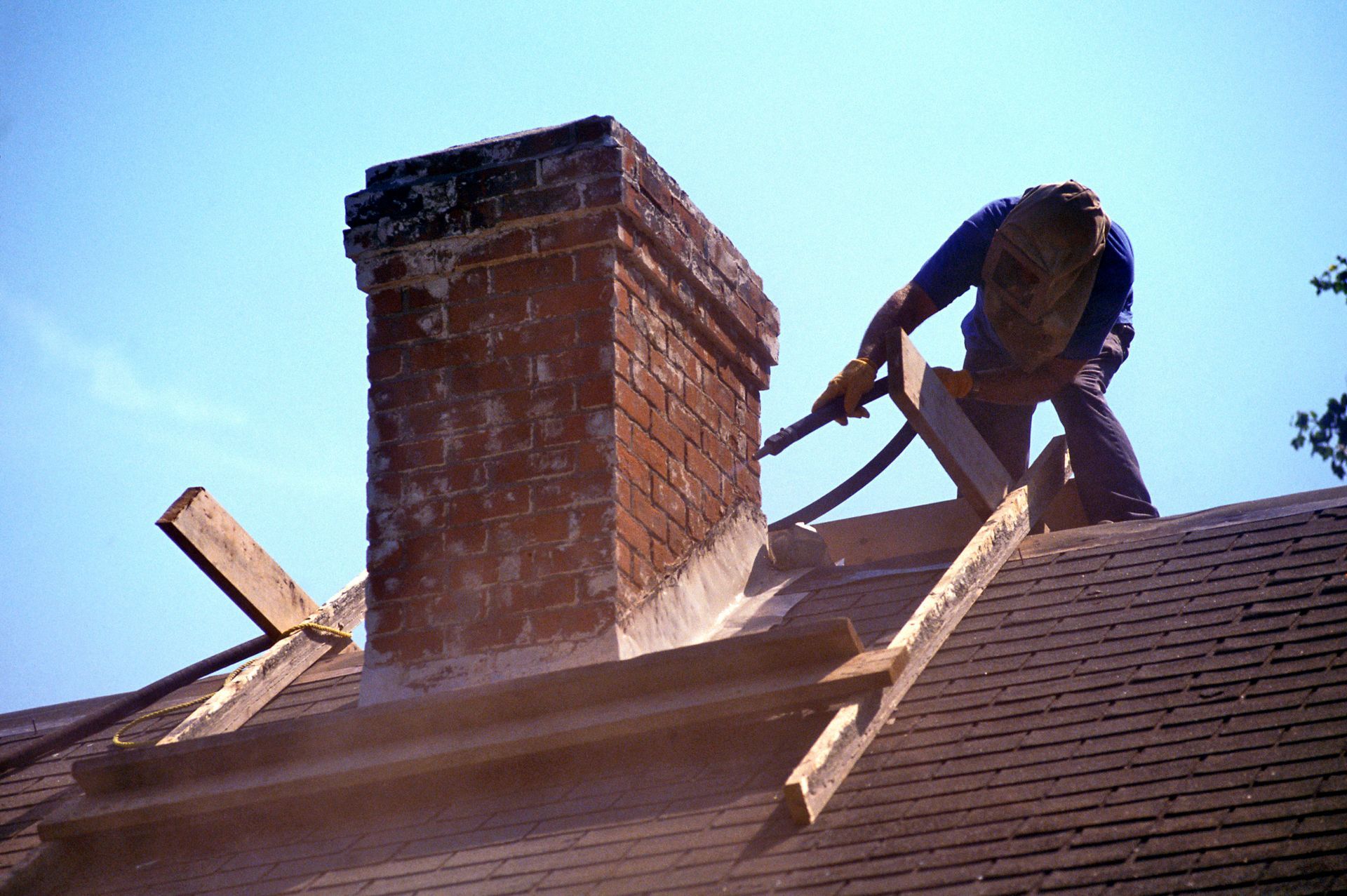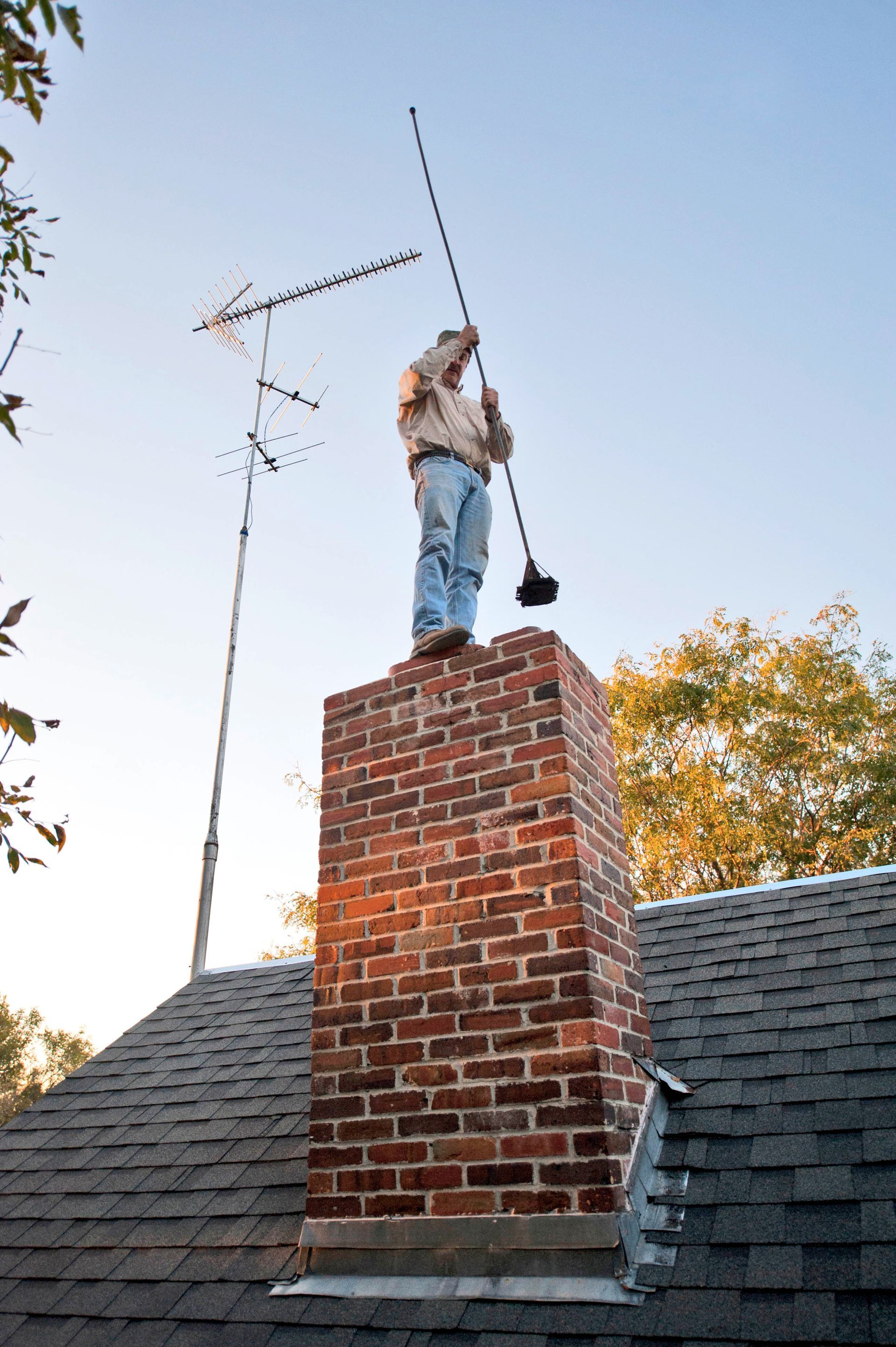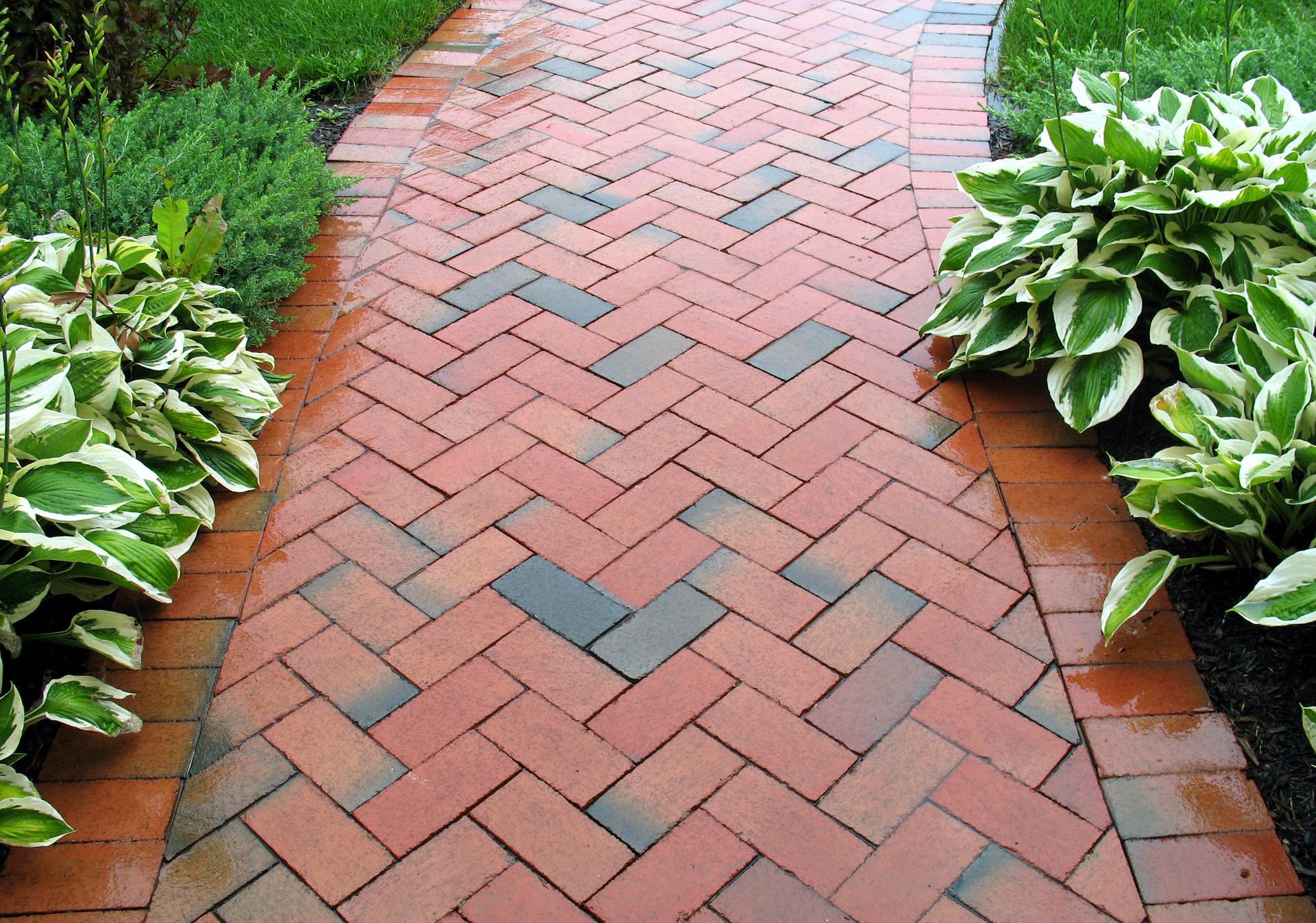3 Ways Professional Chimney Sweeps Protect Your Home
Chimney maintenance is crucial for the safety and efficiency of your home, particularly if you rely on a fireplace or stove for heating. Neglecting regular chimney cleaning and inspection can lead to severe consequences, including structural damage or even fire. Professional chimney sweeps play a vital role in mitigating these risks, ensuring that your chimney functions optimally and safely at all times.
Beyond the simple act of cleaning, chimney sweeps thoroughly inspect your chimney to identify risks that could pose a threat to your home. They help maintain the structural integrity of your chimney and enhance its performance by addressing any underlying issues. Investing in professional chimney services secures peace of mind and long-term preservation of your property.
This article delves into three ways professional chimney sweeps protect your home, from detailed inspections and removal of hazardous materials to repairing damages and installing safety features. Each section underscores the importance of regular chimney maintenance and how professionals efficiently address different aspects of chimney care.
1. Comprehensive Chimney Inspection
1.1 Identifying Structural Issues
Professional chimney sweeps begin their service with an exhaustive inspection to identify structural problems that might go unnoticed. A casual glance may not reveal minor cracks or deteriorating mortar, but these can escalate into significant issues if left unaddressed. Professionals are skilled at spotting these problems, ensuring timely repairs. This preemptive approach prevents further degradation and the high costs associated with extensive repairs. By maintaining structural integrity, chimney sweeps help prolong the lifespan of your chimney.
1.2 Detecting Creosote Buildup
Creosote buildup is a common issue in chimneys that, if unchecked, can pose serious fire hazards. A professional chimney sweep is trained to identify different levels of creosote buildup and take appropriate actions. The removal of creosote requires specialized tools and techniques that most homeowners do not possess. Regular inspections can catch these buildups early, preventing dangerous situations. According to Fixr, the procedure can take anywhere from 30 minutes to an hour, but is a crucial investment in home safety.
1.3 Assessing Ventilation Efficiency
Another critical aspect of chimney safety is ventilation efficacy, which ensures smoke exits your home efficiently. Poor ventilation can lead to smoke and harmful gases such as carbon monoxide being trapped inside. Chimney sweeps evaluate the airflow patterns to identify blockages or inefficiencies. Improvements in ventilation not only increase safety but also contribute to improved heating efficiency, reducing energy bills. Proper airflow makes your home more comfortable and reduces health risks associated with poor air quality.
1.4 Checking for Blockages
Blockages in a chimney can arise from various sources, including debris, nests, or soot deposits. Any obstruction poses a risk by preventing proper smoke expulsion, leading to potentially dangerous conditions. Chimney professionals use advanced tools to clear these blockages effectively, often revealing underlying problems in the process. Regular checks can prevent unexpected incidents and maintain indoor air quality. Ensuring the chimney is clear of blockages is essential for the efficient operation of your heating system.
1.5 Evaluating the Chimney Liner Condition
The chimney liner is a critical component that keeps heat and gases contained within your chimney structure. Over time, liners can deteriorate, leading to potential structural damage and safety hazards. Professional sweeps assess the condition of these liners and recommend repairs or replacements if necessary. A properly maintained liner also enhances the efficiency of your chimney, translating to better heat distribution in your home. This preventive step avoids costly repairs and ensures peace of mind for homeowners.
2. Removing Dangerous Soot and Creosote
2.1 Implementing Power Sweeping Techniques
Power sweeping is a method employed by professional chimney sweeps to effectively remove soot and creosote. This technique utilizes specialized equipment that can clean hard-to-reach areas of the chimney. Unlike traditional sweeping, power sweeping provides a more thorough cleaning, minimizing health and fire risks. This advanced technique is also time-efficient, aligning with Fixr's estimate of about 30 minutes to 1 hour for completion. Such comprehensive cleaning ensures optimal chimney performance and mitigates potential hazards.
2.2 Using Professional-Grade Equipment
Professional chimney sweeps employ state-of-the-art equipment to ensure effective removal of soot and creosote. This equipment allows them to access areas that are challenging for typical household cleaning tools. By using specialized tools, professionals can perform more in-depth inspections and thorough cleanings. This leads to a safer and more efficient chimney system. The precision and effectiveness of professional-grade equipment underscore the value of hiring experienced chimney sweeps over DIY methods.
2.3 Preventing Creosote Ignition
When creosote builds up, it not only causes blockages but also increases the risk of chimney fires. Professionals remove creosote accumulations effectively to reduce these risks significantly. They also advise homeowners on safe burning practices that minimize creosote formation. By preventing creosote ignition, chimney sweeps protect against potentially devastating home fires. This proactive measure safeguards both property and resident safety.
2.4 Enhancing Chimney Draft
A well-maintained chimney draft is essential for efficient smoke removal and heating efficiency. Creosote and soot can hinder draft performance, leading to increased energy use and decreased heating effectiveness. Professional sweeps ensure that the draft is functioning optimally by removing obstructions and advising on improvements. Enhancing the chimney's draft capabilities maximizes the effectiveness of fireplaces or stoves. This results in a more comfortable home environment and decreased energy expenses.
2.5 Ensuring Cleaner Indoor Air Quality
Regular removal of soot and creosote is critical for maintaining high indoor air quality. Residues from incomplete combustion can enter your living space, affecting health and comfort. By ensuring thorough cleaning, professionals contribute to a healthier indoor environment. Cleaner air reduces the risk of respiratory issues and promotes overall well-being. Regular maintenance by professional chimney sweeps is an essential part of indoor air quality management.
3. Repairing and Rectifying Damage
3.1 Masonry Repairs and Repointing
Over time, masonry in chimneys can crack or wear away due to weather exposure. Professional chimney sweeps carry out repointing to fix these issues and improve the longevity of the chimney structure. Skilled masonry repairs are essential to maintain structural integrity and aesthetics. By addressing these concerns, homeowners can avoid more severe damage that might require extensive repairs. Quick action through professional services ensures the longevity and effectiveness of the chimney system.
3.2 Waterproofing the Chimney Structure
Water infiltration is a frequent cause of chimney damage, leading to cracks and structural weaknesses. Professional sweeps offer waterproofing solutions to protect the chimney from moisture. The use of specialized sealants prevents water from seeping into the masonry, preserving its strength and appearance. Waterproofing also deters mold growth, which could compromise structural integrity. This preventive step is an investment in the chimney's durability and functional longevity.
3.3 Flashing Repair and Replacement
Flashing is the material used to seal the spaces between your chimney and roof, preventing water ingress. Damaged or improperly installed flashing can lead to leaks and significant damage. Chimney sweeps assess these elements and perform necessary repairs or replacements. Ensuring the flashing is intact prevents water damage to both the chimney and the surrounding roof structure. Proper maintenance and timely repairs safeguard your home from potential water-related issues.
3.4 Fixing Damaged Chimney Caps and Crowns
Chimney caps and crowns are vital for keeping weather elements and debris out of the chimney. Damaged components can allow animals, rain, or even sparks to enter the chimney, causing various problems. Professionals fix or replace these parts to restore full functionality and protection. Maintaining these barriers is crucial for the safety and efficiency of your chimney system. Professional attention to caps and crowns ensures your chimney's exterior defenses remain robust.
3.5 Addressing Chimney Leaning or Shifting
Over time, environmental factors such as soil erosion can cause a chimney to lean or shift. This not only affects appearance but may also indicate deeper structural issues. Professional chimney sweeps evaluate the situation to determine necessary corrective actions. Addressing these issues promptly through expert measures prevents severe structural damage. Timely rectification maintains aesthetic appeal and ensures your chimney's safety.
Regular professional chimney maintenance is an essential aspect of home safety and efficiency. This article has illustrated three ways through which professional chimney sweeps protect your home, from inspections and debris removal to repairs and safety installations. Each section emphasizes the benefits of these services and underscores the importance of proactive scheduling with certified chimney sweeps. Homeowners are encouraged to implement these suggestions to ensure ongoing safety and maximize the lifespan and effectiveness of their chimney systems. Be sure to reach out to J&A Masonry, LLC today for more information on our professional chimney sweeps!





Share On: